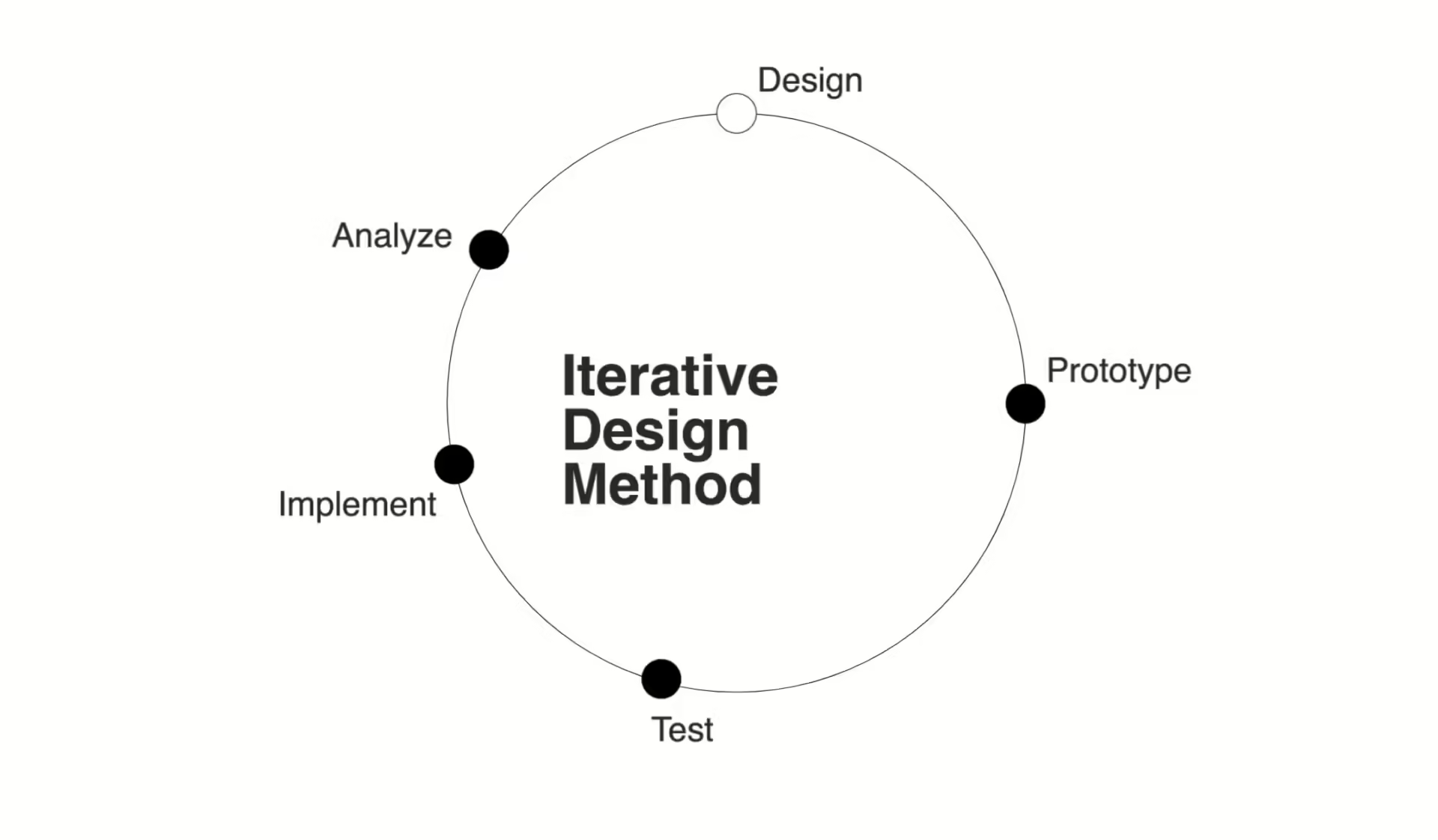In an age where digital interactions dominate, creating meaningful and effective user experiences is of utmost importance. User-centered design is a methodology that places the needs, preferences, and limitations of end users at the forefront of the design process. This approach ensures that products, services, and interfaces are not only functional but also intuitive and enjoyable to use.

Understanding User Needs
User-centered design begins with understanding the user’s context and requirements. This involves conducting thorough research, including user interviews, surveys, and usability testing of the interface. By gaining insights into how users interact with a website or digital product and what they expect from it, designers can create solutions that are tailored to meet those needs. This process is iterative, involving continuous feedback and refinement to enhance the user experience.

Building on User Satisfaction
One of the primary benefits of user-centered design is increased user satisfaction. This leads to brand loyalty and ultimately business success. When users find a product easy to use and aligned with their needs, they are more likely to share their experience with friends and family, leading to higher levels of engagement. This is particularly crucial in a competitive market where users have numerous alternatives at their disposal. A well-designed user experience for a website can be a significant differentiator, setting a company apart from its competitors.
Promoting Accessibility
User-centricity can lead to better digital accessibility. By considering the diverse needs of all potential users, including those with disabilities, we can create inclusive products that are accessible to everyone. This not only broadens the user base but also demonstrates a commitment to social responsibility and inclusivity.
Historical Evolution of User-Centered Design
Historically, the concept of user-centered design has evolved alongside advancements in technology. In the early days of computing, user interfaces were often complex and unintuitive, requiring users to adapt to the technology rather than the other way around. However, as the importance of usability became more apparent, the focus shifted towards designing systems that were more aligned with human capabilities and limitations.
At ArtVersion, our goal from the early beginnings was to simplify digital complexity and create interfaces that are easy to understand. As we started our web design services in Chicago in late 1999, we quickly recognized the importance of translating physical brand experiences into digital experiences that prioritized the user. Our mantra was that a happy user makes happy companies. By incorporating user research and feedback into our design process, we were able to deliver web solutions that were both innovative and highly functional.
Fostering Innovation
The iterative nature of design also fosters innovation. By continuously testing and refining designs based on user feedback, designers can explore new ideas and solutions that they might not have considered otherwise. This process encourages creativity and experimentation, leading to the development of products that are both effective and groundbreaking.
We have proven records that user-centered design can have significant business benefits. Products that are designed with the user in mind are more likely to meet market demands, resulting in higher sales and customer retention rates.

Looking Ahead
As we look to the future, the importance of user-focused design will only continue to grow. With the rise of technologies such as artificial intelligence, the potential for creating highly personalized and immersive user experiences is greater than ever. However, the core principles of user-centered design—empathy, research, and iteration—will remain essential in ensuring that these technologies are used in ways that genuinely benefit users.
Conclusion
Creating products that are not only functional but also delightful to use is critical. By prioritizing the needs and preferences of users, designers can enhance satisfaction, accessibility, and innovation. As technology continues to evolve, the principles of user-centricity will remain a guiding force in creating meaningful and effective digital experiences.
